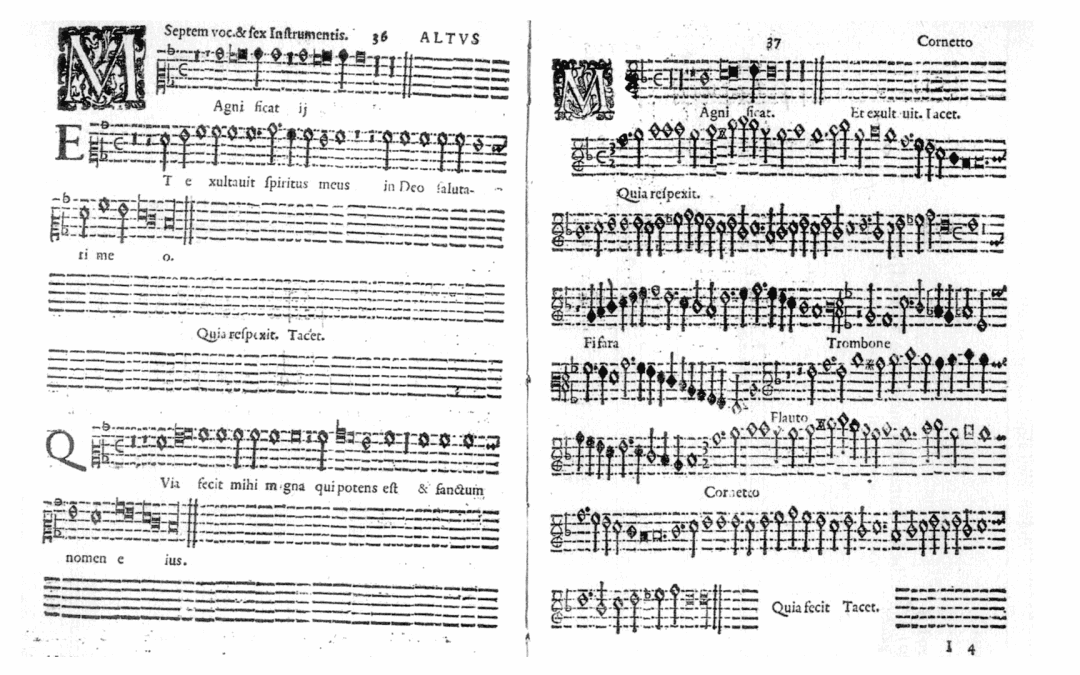As with yesterday’s post, I will focus on music in the life of Sir Anthony Standen. Broadly speaking I will cover the period 1547 to 1627, we do not know the exact dates, other than that his first job was as master of horse to Lord Darnley, when he travelled to Scotland to marry Mary Queen of Scots in 1565. We know he was in Italy in 1615, but do not know the year of his death.
I confess only one name from the list of composers familiar to me, Monteverdi. The others I have selected from a long list because they connect in some way with events in the Sir Anthony Standen Adventures.
Philippe de Monte was a Flemish composer born in Mechelen. The Rape of Mechelen is a key scene in The Spy who Sank the Armada. He wrote more madrigals than any other composer of his time, many of which survive today.
Julien Perrichon caught my attention because he was composer and lute player for King Henry IV of France, who is mentioned in The Spy who Sank the Armada, and a central character in The Suggested Assassin.
Nicolas Formé sounds like an interesting fellow. He was expelled from the choir of Sainte-Chapelle for drunkenness and womanising. He was reinstated five years later by King Louis XIII, who Maria Standen helps and befriends in The Suggested Assassin. As Louis goes on to become the king of The Three Musketeers fame, I hope to visit him again in future books.
Giovanni Pierluigi da Palestrina is considered the leading composer of late 16th century Europe. He composed over 105 masses and 250 motets, and was influential in the development of counterpoint: voices harmonically interdependent, yet rhythmically independent. When Pope Paul IV decreed that all choristers should be clerical, he had to leave as he was married with four children. The 1570’s were particularly difficult for him as he lost his brother, two of his sons, and his wife in the plagues of 1572, 1575, and 1580.
Fabritio Caroso I mention only briefly because he was a dancing master and composer of dance music. Claire and I are great Strictly Come Dancing fans, and keep taking dance lessons, despite my failings in that area.
Giovanni Gabrieli represents the culmination of the Venetian school at the transition from Renaissance to Baroque styles. The Wikipedia page includes a link to one of his works, so you can listen. Venice features in the second book, Fire and Earth.
Carlo Gesualdo is famous for his madrigals that use a chromatic language not heard again until the late 19th century. Since my books are historical crime fiction, I thought I’d include him because he’s also known for murdering his wife and her aristocratic lover when he discovered them in flagrante delicto.
This is the composer I have heard of, Claudio Monteverdi. He was a composer of both secular and sacred music. Once again the Wikipedia page has links to his works, so we can hear his music. He was also a pioneer in the development of opera. He may have attended the marriage of King Henry IV of France to Marie de Medici. Marie is a key character in both The Spy who Sank the Armada and The Suggested Assassin.
Thomas Campion was an English poet, composer, and physician, who studied law at Gray’s Inn. Claire is a member of Gray’s Inn and we often stay there when in London. Gray’s Inn is a setting in The Spy who Sank the Armada. Campion wrote over a hundred works for the lute, and a technical treatise on music. Repeated reference has been made to him on James May’s Manlab.
Orlando Gibbons was a musician at the Royal Court of King James I of England. Sir Anthony Standen saved the life of Mary Queen of Scots, when she was carrying James, so he thought King James owed him something. It didn’t turn out how Sir Anthony had hoped.
Emelio de Cavalieri helped define the beginning of the Baroque era. The connection with Sir Anthony Standen is that Cavalierei became closely associated with Cardinal Ferdinand de’ Medici who probably poisoned his brother the Duke of Tuscany and his wife, whist Sir Anthony was working for the Duke. Anthony had to flee Florence, at a very unfortunate moment.

